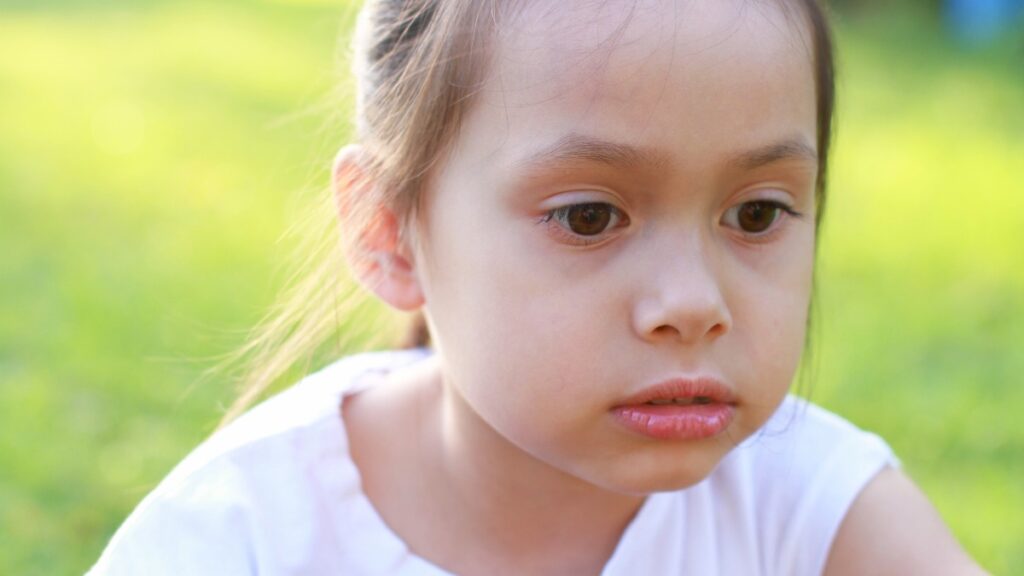BLOG
Welcome to the Golden Care Therapy Blog—your go-to source for evidence-based insights and practical tips on autism and ABA therapy. Explore the latest research, hands-on strategies, and expert guidance designed to help your child thrive at home, in school, and beyond.

Many children with autism experience sensory challenges that affect how they interact with the world. One of the less commonly discussed but profoundly impactful sensory issues is vestibular dysfunction, which can sometimes lead to a shutdown when the sensory input becomes overwhelming. The vestibular system, which is located in the inner ear, plays a key […]

Loud noises, bustling crowds, or even the hum of a refrigerator can feel overwhelming to some autistic children. One moment, everything seems fine, and the next, they’re covering their ears, shutting out a world that suddenly feels too loud. It’s not just about volume — certain sounds can be sharp, unpredictable, or even painful, sometimes […]

Understanding common triggers can help caregivers better support individuals with autism. Meltdowns and shutdowns are both responses to overwhelming sensory experiences or emotional stress. Recognizing these triggers can be essential in distinguishing between a meltdown and a shutdown, as both require different coping strategies and support mechanisms. Understanding sensory processing and common triggers helps parents […]

Confidence is an important part of a child’s emotional well-being, shaping how they interact with the world, learn new skills, and develop relationships. For children with autism, building confidence can be a unique challenge, often influenced by sensory sensitivities, social difficulties, and struggles with communication. However, with the right support and encouragement, autistic children can […]

Friendship is a vital part of childhood, shaping a child’s sense of belonging, self-worth, and happiness. For autistic children, making friends can sometimes be a challenge due to differences in social communication, sensory sensitivities, or difficulties understanding social norms. However, with the right guidance, support, and patience, autistic children can build meaningful friendships that enrich […]

Rewards play a crucial role in encouraging positive behavior and promoting learning among autistic children. They provide incentives for engagement, compliance, and skill development. For children who engage in self-stimulatory behaviors like hand rubbing, rewards can be used to gradually shape alternative behaviors or reinforce positive coping strategies. By reinforcing desired behaviors, parents and caregivers […]

Children with autism often experience heightened skin sensitivity, which can affect their daily lives. This sensitivity may manifest in various ways, such as discomfort with certain fabrics, reactions to temperature changes, or sensitivity to touch. Some children may also engage in self-soothing behaviors like hand rubbing, which can help them manage sensory input and feel […]

Hand leading is a form of nonverbal communication that plays a significant role in how children, particularly those with autism, express their needs and desires. Instead of relying on verbal requests or conventional gestures such as pointing, children engage in hand leading by grasping an adult’s hand and physically guiding them toward an object or […]

Mathematics can be a challenging subject for many children, but for autistic kids, it often comes with unique hurdles and strengths. While some autistic children struggle with abstract concepts, executive functioning, or sensory sensitivities that make learning math difficult, others excel in pattern recognition, logic, and numerical thinking. The key to helping autistic children succeed […]

Haircuts can be challenging for many autistic children. The experience often involves sensory triggers — scissors or clippers near the ears, the sensation of hair falling on the skin, or the sound of buzzing trimmers. For some, the unpredictability of a haircut, the pressure to sit still, and the changing routines can create distress. If […]


